|
Hello, turtle lovers! It's Susan from American Tortoise Rescue, and the holiday season is fast approaching. With Black Friday closing in, we've curated a list of fantastic deals and heartwarming gifts for the turtle and tortoise lovers in your life. Whether you're looking to keep an eye on your outdoor shelled friends, want to keep your favorite turtle moments close, or give the perfect turtle gift, we've got something special for everyone. And the best part? Not only will you get a great deal, when you start here to shop deals on Amazon, you'll be supporting our work at the same time! **We'll be updating this list as new deals get published!** Outdoor Security Systems for Your Shelled Pals For those of us with outdoor habitats for our turtles and tortoises, security is paramount. This Black Friday, there are great Amazon deals on security systems that can link to your smartphone. These gadgets not only offer peace of mind but also ensure the safety of your shelled friends during their hibernation or while they bask in the sun.   Digital Photo Frames: Your Buds on Display There’s nothing quite like a photo to remind you of your bond with your shelled buddy. Digital photo frames are a wonderful way to keep your favorite turtle and tortoise memories on display. Check out these Black Friday deals on digital frames that can cycle through images, so you’re always just a glance away from your cherished moments.  Stuffed Turtle Toys: Cuddles for Everyone Who doesn't love a soft, cuddly friend? Stuffed turtle toys are a perfect gift for both the young and the young at heart. Check out these deals on plush turtles and tortoises that make for huggable companions on cold winter nights. 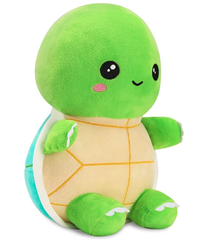 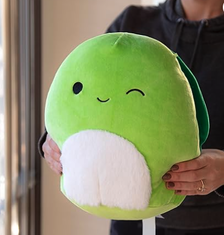 Infant Turtle Toys: Starting the Love Early It's never too early to introduce the little ones to the joys of turtles and tortoises. Educational toys are expected to be a big hit this Black Friday. Look for toys that are safe for infants, encourage sensory development, and are just plain cute! 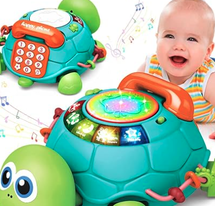  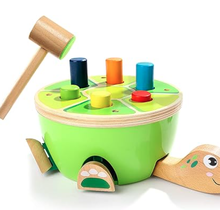 A better future in sight: Save the Tortoise frames from Glasses USA! buy a pair of glasses or shades from the "Save the Tortoise" special collection and a portion of the proceeds gets donated back to support our work! Win-win. (Yes, these are in tortoise shell design...but no tortoises were involved or harmed in the process!)  American Tortoise Rescue Gear! Don’t forget, shopping from our own range of merchandise is a direct way to support our rescue efforts. And we've got brand new gear just released! 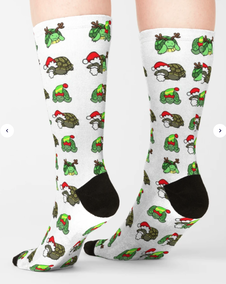  
Before I sign off, I want to extend my heartfelt thanks to all of you who have supported American Tortoise Rescue over the years. Your purchases and donations make a real difference in the lives of these amazing animals. So, as you scour the internet for the best deals this Black Friday, remember that the greatest gift you can give is love and protection to all creatures, great and small. Happy holidays and happy shopping! Tortally yours, Susan Tellem I am probably one of 10 or fewer people in the world who has uttered the words, “I wish I had more poop to show you.”
Tank, being a sulcata poop expert, has provided a few specimens willingly. The fact is even with so many box turtles, I rarely see a poop. And of course the pond is not going to provide anything either. Turtle and tortoise poop is usually brown to greenish brown in color. Healthy poop is solid and firm, and it may have a slightly grassy or earthy smell (factoid – I have never had the urgxe to smell it). Tortoises may also excrete a white substance called urates, which is a waste product of the kidneys. Urates are usually passed out with the poop, but they may also be passed out separately. You may also see the penis and reproductive organs sometimes when they strain. That’s why it is important to feed a proper died like Mazuri. Turtles and tortoises typically poop once or twice a day, depending on their diet and activity level. The appearance and frequency of turtle and tortoise poop can be a good indicator of their health. If their poop is loose or runny, it may be a sign of an infection or other health problem. If their poop is white or chalky, it may be a sign of kidney problems. If their poop is black or tarry, it may be a sign of internal bleeding. If you see any of these troublesome poops, see an exotic vet (most dog and cat vets do not have experience with turtles and tortoises). Bring a fresh poop sample with you. If you see turtle or tortoise poop, it’s important to clean it up as soon as possible. (I know you are thinking, no duh!) If you have more than one turtle or tortoise, this can help prevent the spread of diseases. Here are some additional facts about turtle and tortoise poop:
Most of you are seeing your turtles and tortoises become less active and reducing their food intake as the weather gets cooler. All of ours do this in the sanctuary, pond and turtle hospital. Hibernation is slowing them down, as food bills get smaller. If you have turtles in a tank, even they are feeling sleepy, and should be allowed to hibernate in their tanks as well.
If your turtles live outside all year, you need to provide a suitable place so they are safe from predators. Best to leave them outside in a safe, dry shelter if that’s where they live anyway. If you cannot provide a safe outdoor area, they can be moved to the house, in a cold room. Put them in a tall box with a lid, safe from curious pets like dogs and cats (and small kids). The garage temperature and moisture is ideal, but make sure there are no rats or other creatures that can harm your turtles or tortoises. Some like to go under the bed to snooze while others like your shower. Turtles and tortoises from tropical climates do not hibernate, as there is no need to do so. That’s fine in their country of origin, but you need to provide additional care, food and warmth throughout the winter. Some will slow down, but best to continue their normal care and feeding. Leave them outside in heated houses (we use Kane Heat Pads for safety as heat lamps can catch fire). We add doors to the shelter for warmth. It is important to note that even turtles and tortoises that do not hibernate may need to be kept indoors during the winter months, especially in climates with very cold temperatures. If you choose to keep your turtle or tortoise indoors, be sure to provide them with a warm and humid environment. Hard to do this with a 100 pound sulcata! Turtles in ponds hibernate underwater as mine do. The same turtles that I have had for 25 years, still do this every fall. They even survived the fire underwater as they were hibernating when we lost our home. A turtle friend of mine in New York said her pond had five feet of rock hard ice, but when spring came, the turtles were all fine! They are truly amazing! Some popular tortoises that do not hibernate include:
Thanks for reading this, and send questions to info@tortoise.com! The future of turtles and tortoises that have graced our planet for millions of years is more at risk today than ever before. Already, 61 percent of turtles and tortoise species are extinct or in danger of extinction. As founder of American Tortoise Rescue and World Turtle Day®, I've been devoted to protecting and advocating for these magnificent creatures for decades. We, along with our fellow sanctuaries, are sounding an alarm internationally, and we need your help.
Picture this: the landscapes we know today, the ecosystems where turtles and tortoises thrive, are facing unprecedented challenges. Climate change is altering turtle habitats at an alarming pace. Rising temperatures and erratic weather patterns disrupt nesting and feeding grounds affecting their survival and breeding cycles. Destructive practices and habitat loss due to urbanization, pollution, and deforestation are pushing our shelled friends to the brink, threatening their existence. The cruel pet trade, fueled by ignorance and greed, is driving species to the brink of extinction. After surviving an asteroid that few other species did millions of years ago, we must fight for those without a voice. Let’s use our passion and compassion to protect turtles and tortoises before it is too late. Here's how you can make a difference and ensure turtles and tortoises don't become extinct as experts predict by 2050:
Join with me before it is too late. I need your help. Susan Tellem Founder, American Tortoise Rescue Read this to help your baby water turtle live a healthy and happy life. They should not be purchased as it is illegal to sell them anywhere in the states if they are under four inches. You cannot give them away as prizes either.
Baby Water Turtle Care Water turtles can live 50 or more years if treated properly and eventually moved to an o outdoor pond. Read this to help your baby water turtle live a healthy and happy life.
|
Please post an email with your comment or email info@tortoise.com if you want a personal answer for a blog question! Archives
November 2023
Categories
All
|

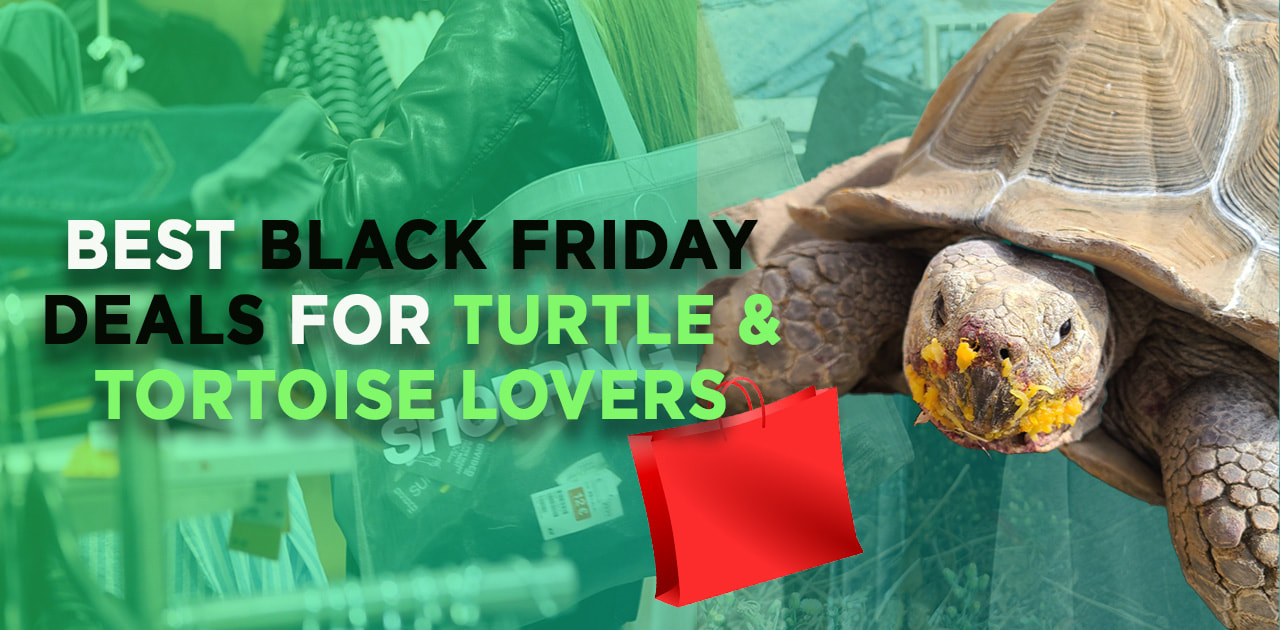
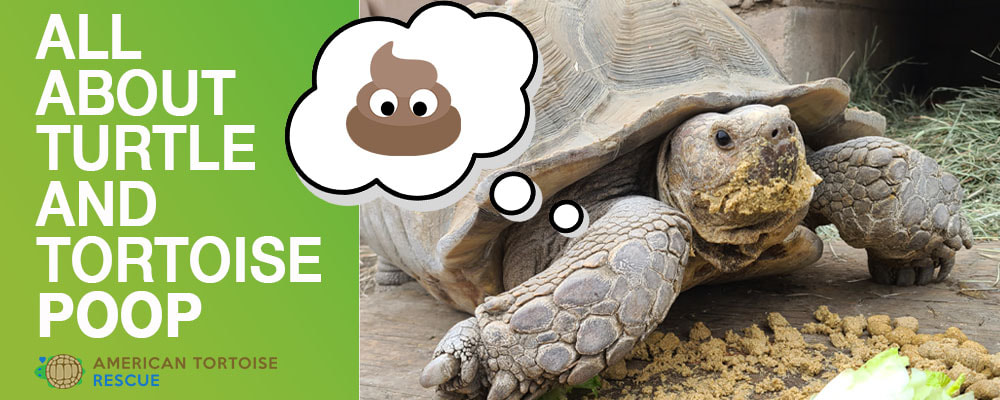

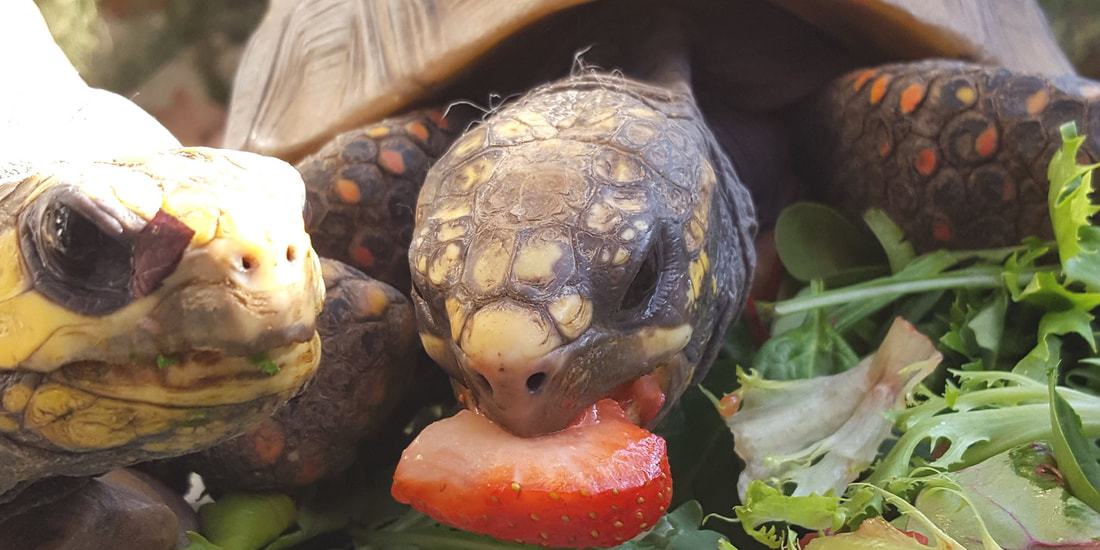
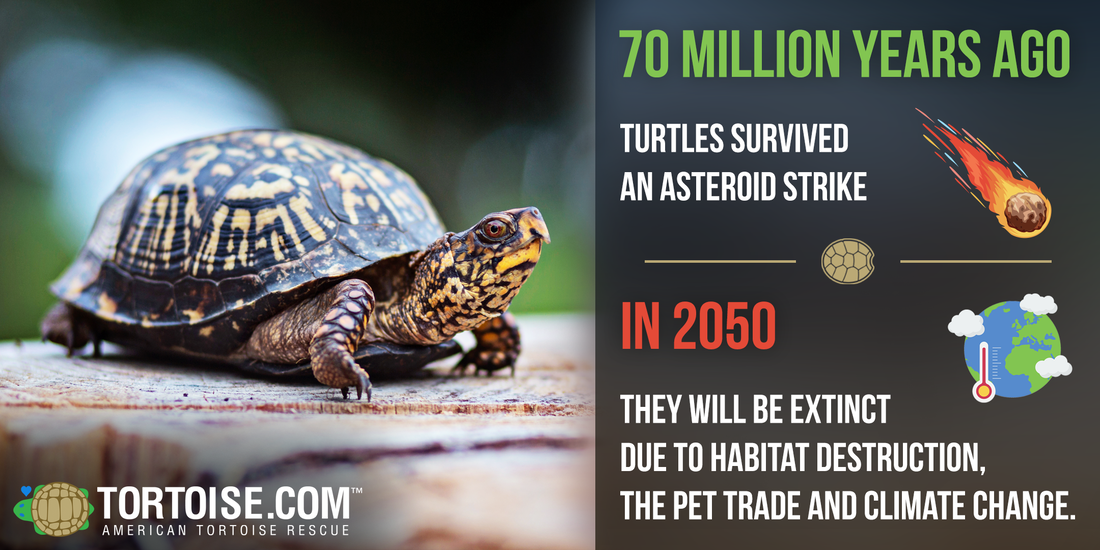

 RSS Feed
RSS Feed